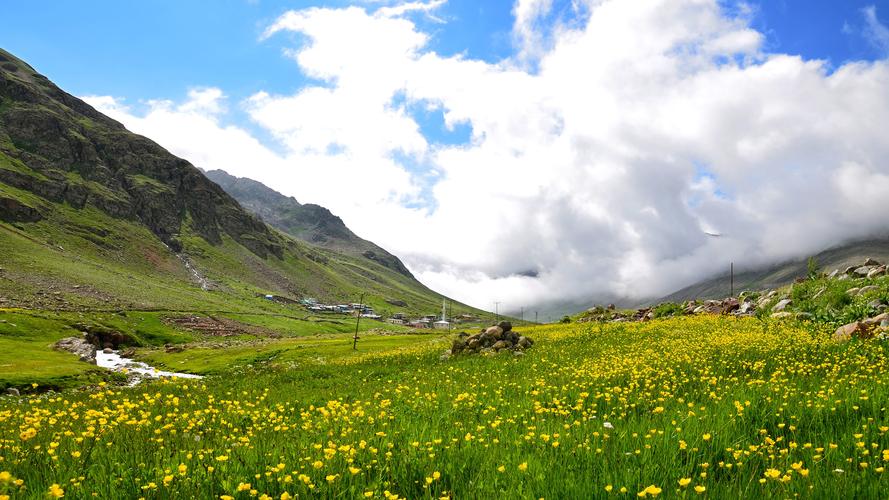The Philippines is a nation that takes pride in its rich cultural heritage. Composed of over 7,000 islands, each region celebrates unique customs and traditions that have withstood the test of time. From colorful festivals to sumptuous delicacies, the country’s cultural diversity is indeed a sight to behold.
One of the most prominent celebrations in the Philippines is the Sinulog Festival. Held in Cebu every January, this festival honors the Sto. Nino or the Child Jesus. The streets are filled with lively dance performances and colorful costumes as devotees parade through the city, accompanied by the beat of drums and gongs. This festival is a testament to the country’s strong Catholic faith and its enduring devotion.
Another must-see cultural event is the Ati-Atihan Festival in Aklan. This festival, celebrated every third weekend of January, is a vibrant tribute to the island’s early settlers, the Ati tribe. Participants don traditional garb and paint their faces with intricate designs, mimicking the Ati’s black skin. They dance through the streets, waving their hands and chanting “Hala Bira!” while masks and other accessories are sold to locals and tourists alike.
Apart from festivals, the Philippines is also known for its culinary delights. Each region has its specialty dishes, each with a story to tell. Lechon, or roasted pig, is a staple in every Filipino celebration. It is often served during fiestas and special occasions, where it takes center stage on the dining table. Meanwhile, Bicol, a region in the southern part of Luzon island, is known for its spicy dishes. Try the Bicol Express, a pork stew cooked in coconut milk and chili peppers, and the famous Laing, a vegetable dish made with taro leaves simmered in coconut milk.
But the beauty of Filipino culture lies not only in its festivals and food, but also in its people. Filipinos are known for their warmth and hospitality, and visitors are always welcomed with a smile. It is this genuine kindness that makes the country’s cultural traditions come alive.
In conclusion, the Philippines’ cultural heritage is a celebration of its history and diversity. Through festivals, food, and the friendly nature of its people, the country’s customs and traditions are kept alive. It is through these traditions that Filipinos continue to stay connected to their roots and share their unique culture with the world.
(Note: Do you have knowledge or insights to share? Unlock new opportunities and expand your reach by joining our authors team. Click Registration to join us and share your expertise with our readers.)
Speech tips:
Please note that any statements involving politics will not be approved.
